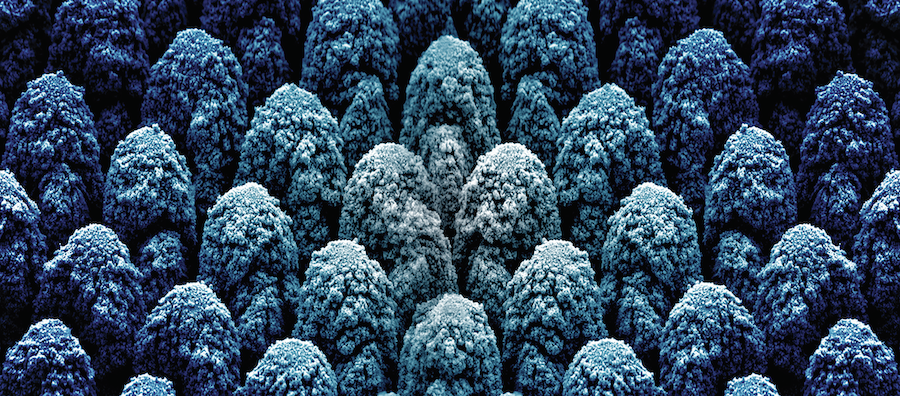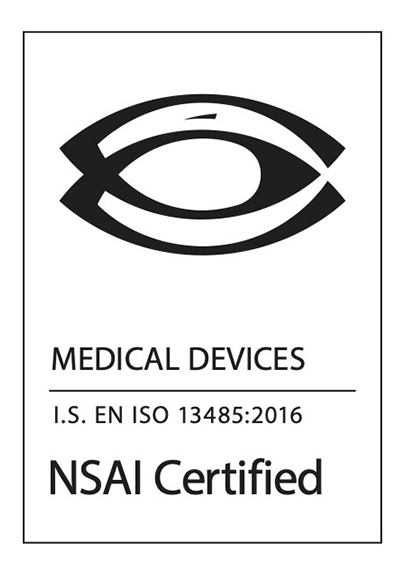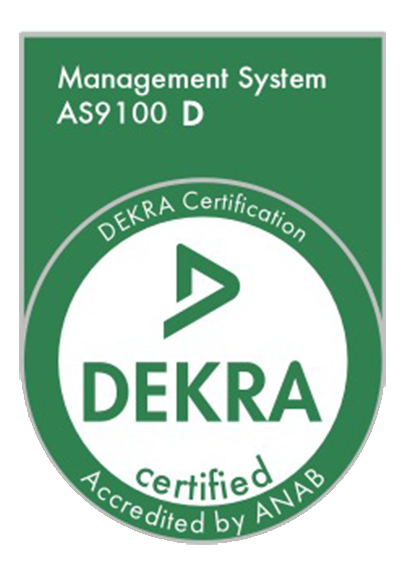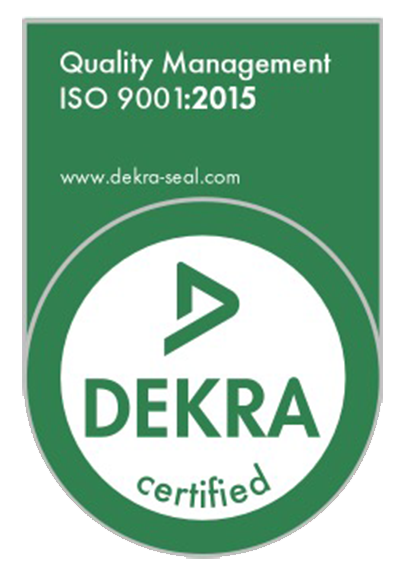Technical Blog
Technical Blog | Hierarchical Surface Restructuring Technology Can Outperform Coating and Thin-Film Technologies for Long-Term Implantable Electrodes and Microelectrode Arrays

Hierarchical Surface Restructuring Technology Can Outperform Coating and Thin-Film Technologies for Long-Term Implantable Electrodes and Microelectrode Arrays
In recent decades, the medical device industry has been moving towards the miniaturization of long-term implantable electrodes and microelectrode arrays to treat various cardiac, neurological, retinal and hearing disorders. Electrode miniaturization achieves many benefits, such as reducing patient trauma and scar tissue and improving battery life, device longevity, effectiveness, resolution and patient compatibility.
Despite advances toward the miniaturization of electrodes and microelectrode arrays, there are still challenges with technologies that can effectively reduce the geometric surface area of the electrodes.
The use of electrochemically active biocompatible coatings, such as iridium oxide or titanium nitride, has been the subject of research and development for over a decade. Although studied and put to use, these coatings have their shortcomings, such as poor adhesion to the electrode surface, delamination and poor long-term durability.
Hierarchical Surface Restructuring Technology Overcomes These Challenges by Enhancing the Surface Attributes of Electrodes and Microelectrode Arrays
Hierarchical surface restructuring technology, on the other hand, offers several technological advantages and performance benefits over the current state of the art. Surfaces prepared using this technology exhibit increased charge storage capacity and capacitance, as well as an overall reduction in the impedance of the electrodes and microelectrode arrays.
Our patented technology uses ultra-short pulse lasers to massively increase the surface roughness and electrochemical surface area of electrodes. This, in turn, enhances the electrodes’ electrochemical performance by several orders of magnitude—minimizing the geometric surface area that enables miniaturization. In addition, ultra-short pulse lasers don’t induce any damage, such as microcracking, surface debris or recast layers.
The Benefits of Surface Tunability
The resulting hierarchical surface structures are of varying length scales, from nano- to micro-structures—and can significantly increase the electrochemical surface area and enhance electrochemical performance. One of the advantages of this technology is its ability to tune the surface, allowing users to engineer a hierarchical surface structure and achieve desired electrochemical performance. Since every electrode or microelectrode array has specific electrochemical performance requirements depending on the application, the ability to engineer the surface for a multitude of requirements promises to revolutionize the long-term implantable medical device industry.
Learn More
Hierarchical surface restructuring holds potential, not just from a material, manufacturing and cost perspective, but also from a performance perspective—making it an ideal candidate for next-generation sensing, recording and stimulating electrode and microelectrode array applications.
To learn more about this game-changing technology, download our white paper. In it, we dive into the surface attributes and electrochemical performance benefits derived from our patented technology, which is driving this massive shift toward tunable surfaces.
Contract Manufacturing
Advanced Technology
Capabilities
© 2021 Pulse Technologies, Inc. All rights reserved.
 Careers
Careers Contact
Contact







